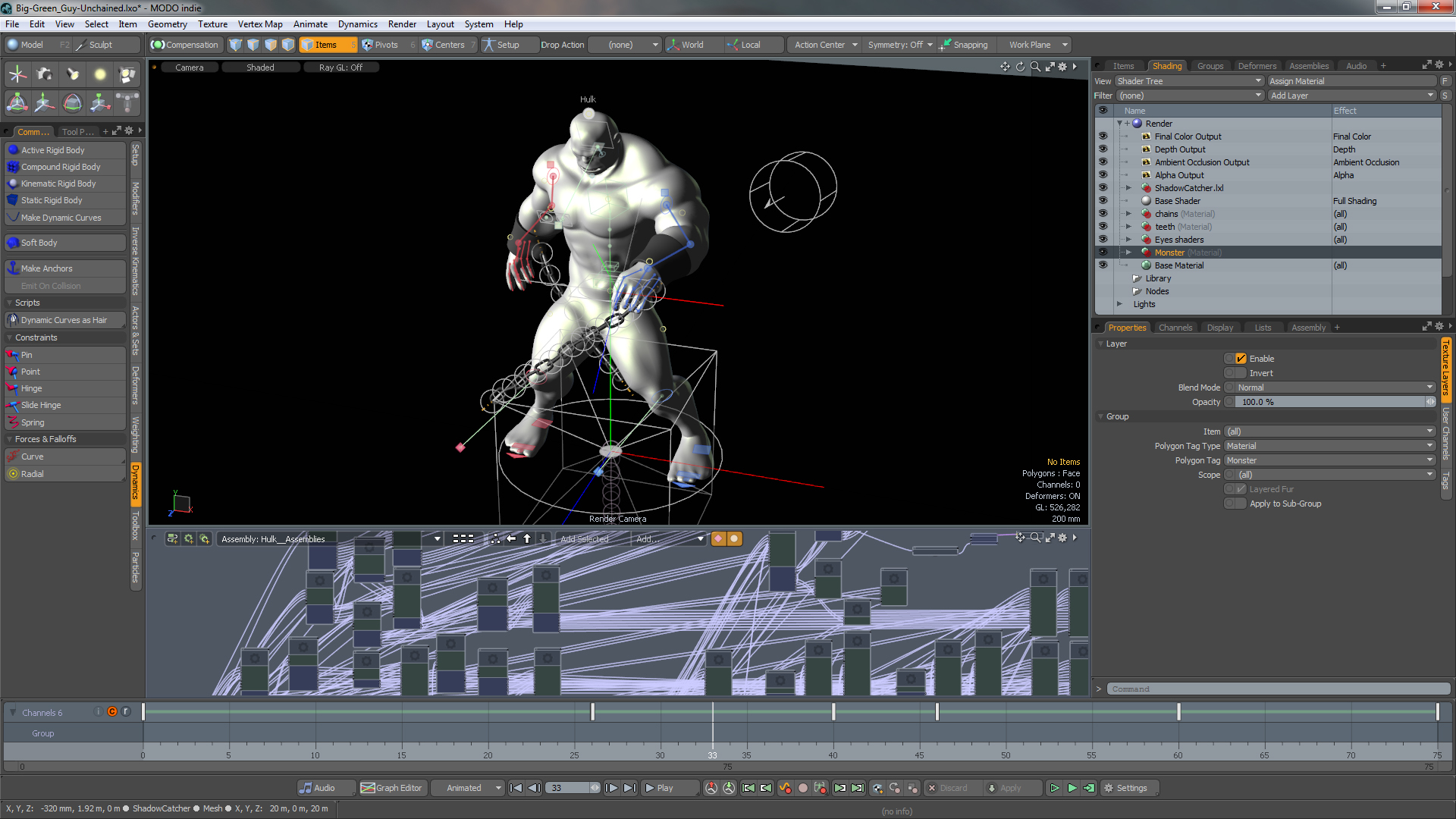MacOS (originally named 'Mac OS X' until 2012 and then 'OS X' until 2016) is the current Mac operating system that officially succeeded the classic Mac OS in 2001. Although the system was originally marketed as simply 'version 10' of Mac OS, it has a history. Modo Indie 10.0 is available now via Steam for Windows 7+ and Mac OS X 10.9+. A new perpetual licence costs $299.99; rental options start at $14.99/month, paid monthly. The update is free to owners of perpetual licences of Modo Indie 901 and users with current subscriptions. Read more about Modo Indie 10.0 on Steam.
These key combinations apply only to Mac computers with an Intel processor, not Mac computers with Apple silicon.
To use any of these key combinations, press and hold the keys immediately after pressing the power button to turn on your Mac, or after your Mac begins to restart. Keep holding until the described behavior occurs.
- Command (⌘)-R: Start up from the built-in macOS Recovery system. Or use Option-Command-R or Shift-Option-Command-R to start up from macOS Recovery over the Internet. macOS Recovery installs different versions of macOS, depending on the key combination you use while starting up. If your Mac is using a firmware password, you're prompted to enter the password.
- Option (⌥) or Alt: Start up to Startup Manager, which allows you to choose other available startup disks or volumes. If your Mac is using a firmware password, you're prompted to enter the password.
- Option-Command-P-R:Reset NVRAM or PRAM. If your Mac is using a firmware password, it ignores this key combination or starts up from macOS Recovery.
- Shift (⇧): Start up in safe mode. Disabled when using a firmware password.
- D: Start up to the Apple Diagnostics utility. Or use Option-Dto start up to this utility over the Internet. Disabled when using a firmware password.
- N: Start up from a NetBoot server, if your Mac supports network startup volumes. To use the default boot image on the server, hold down Option-N instead. Disabled when using a firmware password.
- Command-S: Start up in single-user mode. Disabled in macOS Mojave or later, or when using a firmware password.
- T: Start up in target disk mode. Disabled when using a firmware password.
- Command-V: Start up in verbose mode. Disabled when using a firmware password.
- Eject (⏏) or F12 or mouse button or trackpad button: Eject removable media, such as an optical disc. Disabled when using a firmware password.

If a key combination doesn't work
If a key combination doesn't work at startup, one of these solutions might help:
- Press and hold all keys in the combination together, not one at a time.
- Shut down your Mac. Then press the power button to turn on your Mac. Then press and hold the keys as your Mac starts up.
- Wait a few seconds before pressing the keys, to give your Mac more time to recognize the keyboard as it starts up. Some keyboards have a light that flashes briefly at startup, indicating that the keyboard is recognized and ready for use.
- If you're using a wireless keyboard, plug it into your Mac, if possible. Or use your built-in keyboard or a wired keyboard. If you're using a keyboard made for a PC, such as a keyboard with a Windows logo, try a keyboard made for Mac.
- If you're using Boot Camp to start up from Microsoft Windows, set Startup Disk preferences to start up from macOS instead. Then shut down or restart and try again.
Remember that some key combinations are disabled when your Mac is using a firmware password.
Learn more
- Keyboard shortcuts that you can use after your Mac has started up.
The Foundry has released Modo Indie 10.0, the export-limited edition of Modo intended for indie game artists. The update is free to anyone with a perpetual licence of Modo Indie 901, the previous release of the software.
New look dev, export and baking functionality for game artists
The Indie edition of the software includes the same new functionality as the full version, much of which is targeted at games and VR work.
Highlights include new WYSIWYG look development workflows when authoring content for Unity 5 and UE4; more streamlined game engine export, including support for FBX 2014; and a new Game Tools UI layout.

The update also enhances Modo’s texture-baking functionality, shown in the video above. We wrote about the new features in our original story on Modo 10.0v1, so check that out for full details.
Export formats and resolution limited, no support for third-party plugins or scripts
The restrictions of the Indie edition remain unchanged in the new release: export is limited to OBJ and FBX files, with geometry capped at 100,000 polys, and bake and render resolution capped at 4K.
The Indie edition does not support third-party plugins or scripts, and the Python editor is unvailable, along with most command-line options.
Modo Indie 10 Mac Os Compatibility
Pricing and availability
Modo Indie 10.0 is available now via Steam for Windows 7+ and Mac OS X 10.9+. A new perpetual licence costs $299.99; rental options start at $14.99/month, paid monthly.
The update is free to owners of perpetual licences of Modo Indie 901 and users with current subscriptions.
Related posts:
Modo Indie 10 Mac Os X
Tags: export, FBX 2014, game development, Game Engine, Game Tools layout, look development, modo, Modo 10, Modo Indie, Modo Indie 10, Modo Indie 10.0, new features, price, restrictions, shading, Steam, texturing baking, The Foundry, UE4, Unity, Unreal Engine